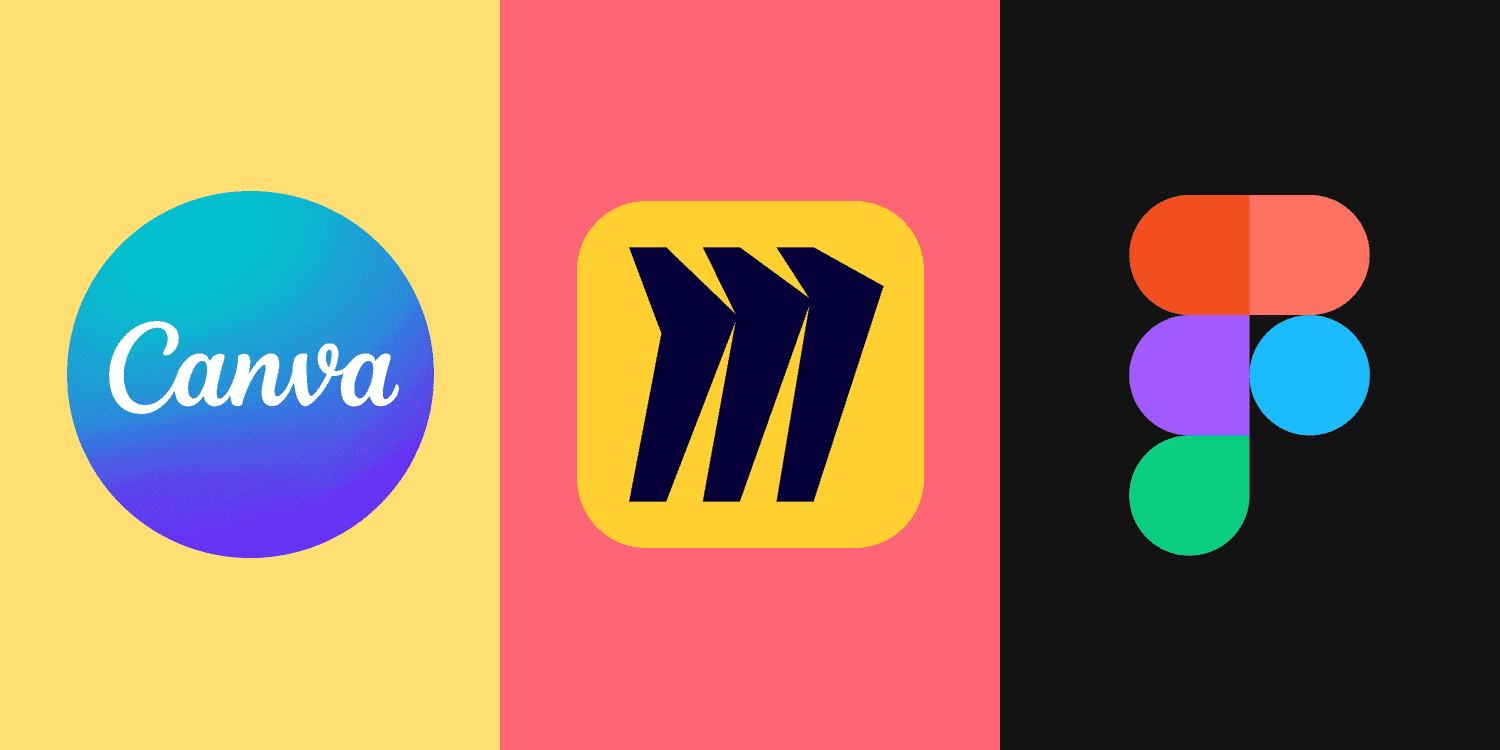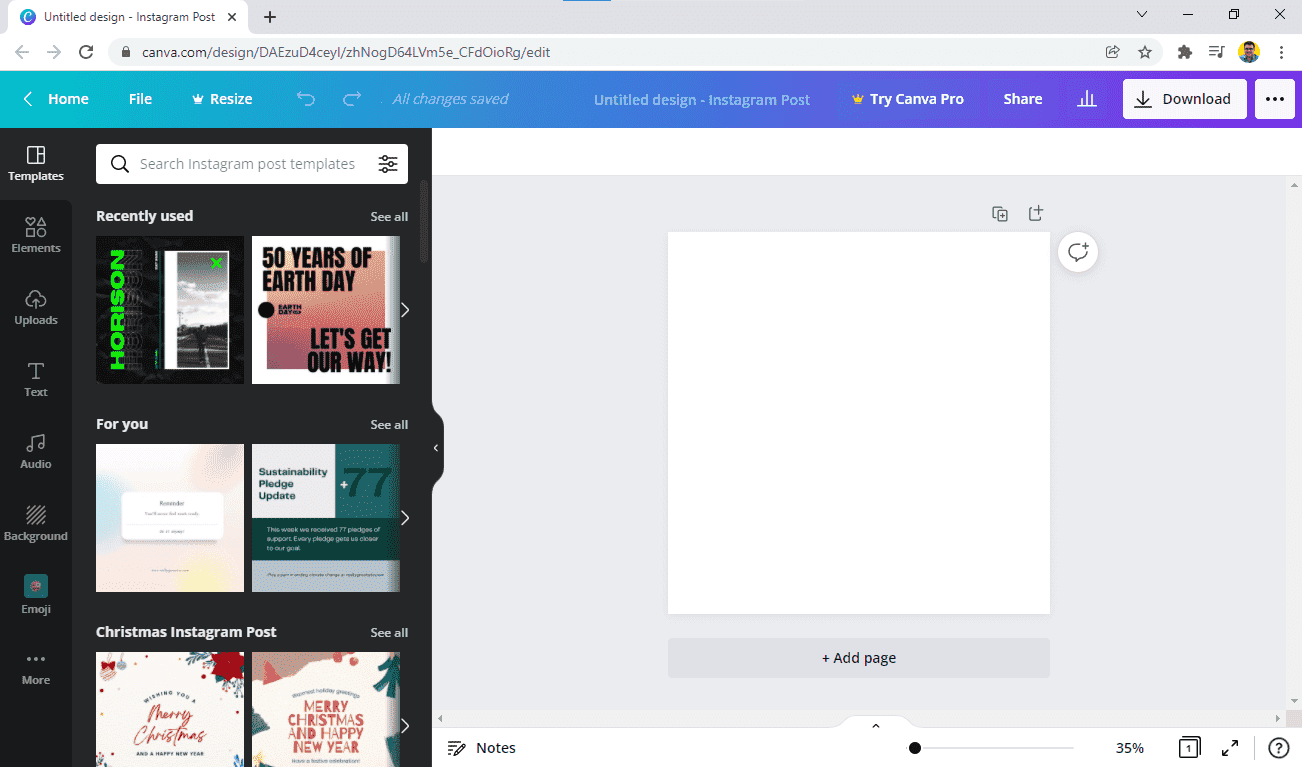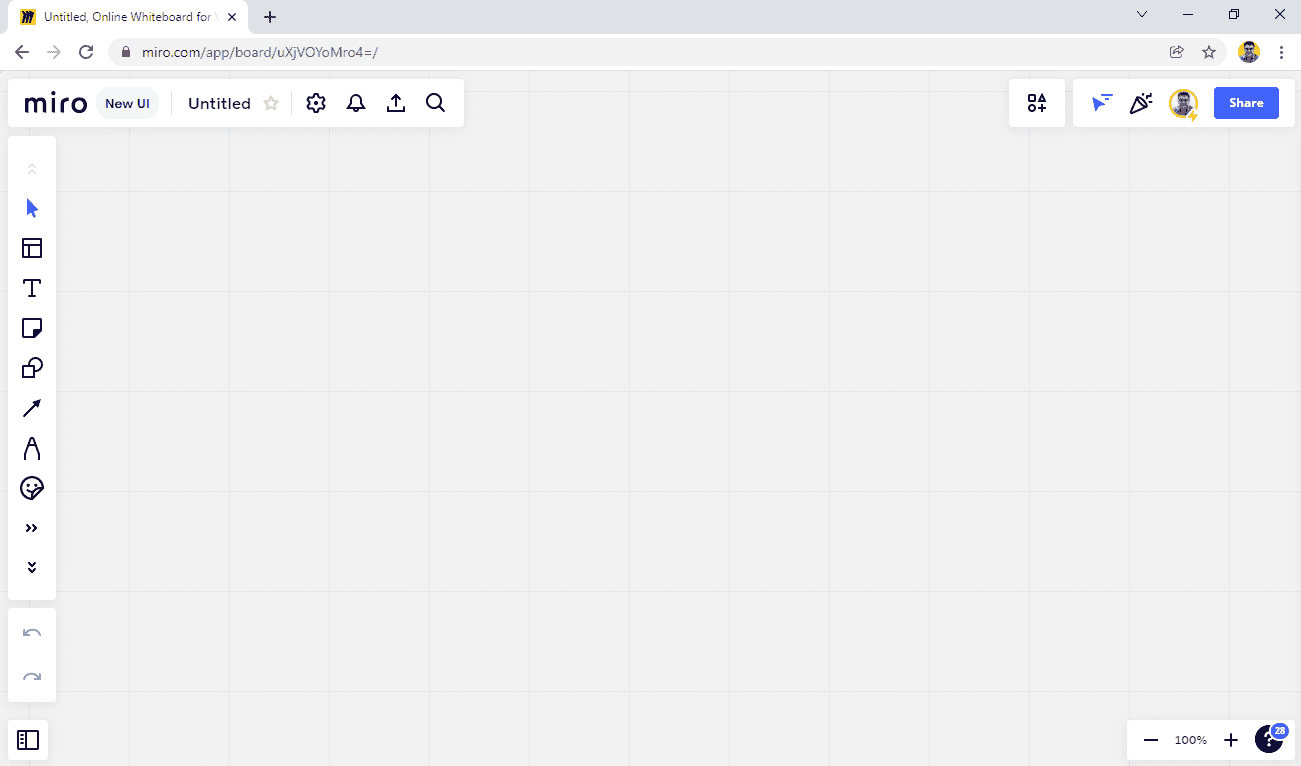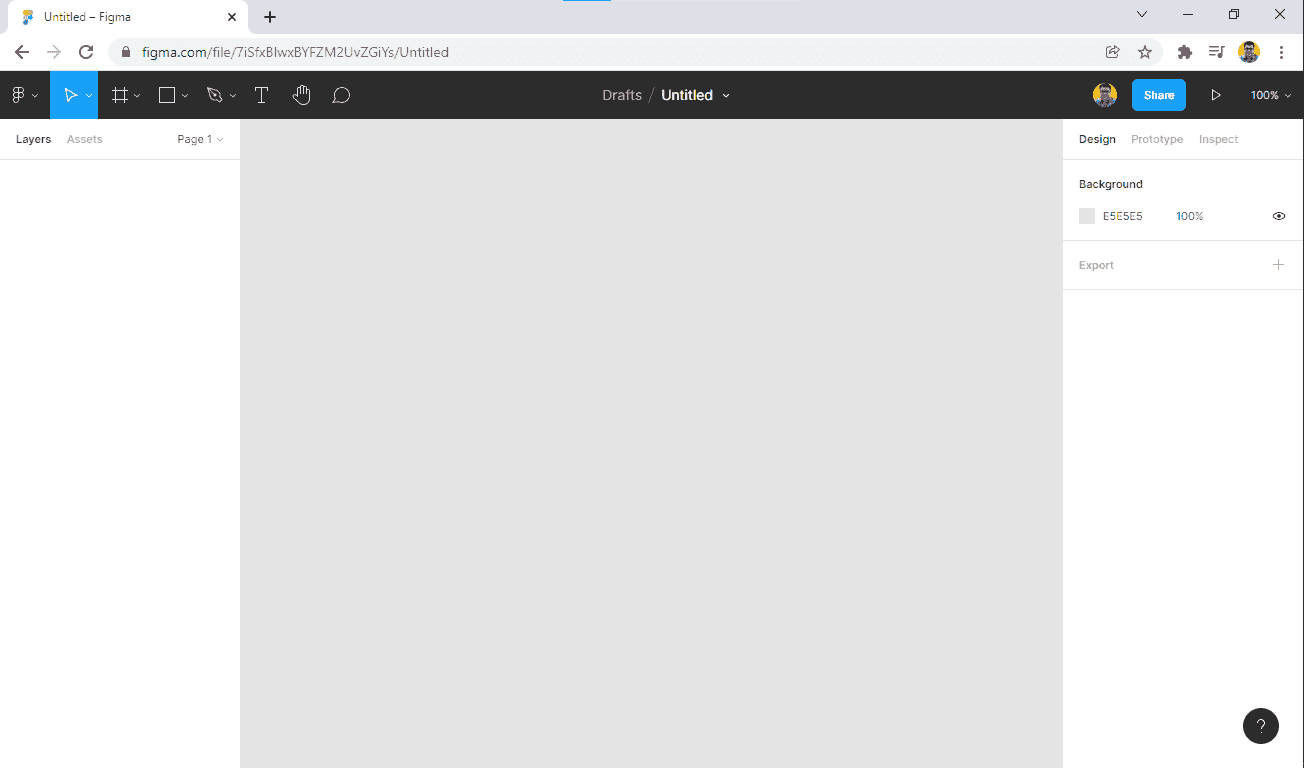- Published on ·
- Reading time 5 min read
My Top 3 Product Recommendations for 2022
What's yours?
Share this page

Introduction
In this post, I'll share my top 3 SaaS product recommendations. I've been using each of these products for a while now and I trust that if you have a similar use case, you'll love using these products, too. Let's go!
Canva
Launched in 2013, Canva is an online design and publishing tool with a mission to empower everyone in the world to design anything and publish anywhere, and they absolutely deliver on this.
I've been using Canva for a few years now and have really admired how intuitive it is. Over these years, I've created heaps of designs using Canva, including posts for social media, design assets for my online classes, YouTube thumbnails and even book covers that are now published on Amazon. I've also uploaded my own designs to Canva for other creators to consume. There are heaps of free design assets and if that's not enough, you can even buy additional design assets for your project.

Canva has recently introduced video editing capabilities with over 25,000 royalty-free audio tracks. Along with that, you can schedule posts from Canva, share your presentations directly using a link, get your designs printed on mugs and t-shirts, use a pencil to draw and sketch, and collaborate with your team in real-time. Canva also has an app marketplace to offer additional functionality that Canva doesn't offer out of the box.
Canva also has an online design school where you can learn about design on-demand. For non-profits, you can apply here to get the premium features for free.
Join me on Canva by clicking this link (referral link). Canva's native app is available for desktop and mobile devices, too.
Miro
Miro's mission is to empower teams to create the next big thing. It was launched in 2011 as RealtimeBoard and then grew into the robust visual collaboration platform we now know as Miro.
Think of Miro like a blank canvas — because that's essentially what you get when you create a new Miro board — but don't let that undermine its value. Built into the app are top-class tools to allow you to add post-it notes, draw and sketch anywhere on the board, write text, draw shapes, add multi-media elements and organise the contents of your infinite board however you like. Miro is probably the best online whiteboard app I've used in recent years.

I like using Miro because it allows me to organise my thoughts without worrying about the underlying structure of how it is organised. I also like to use Miro on my tablet device and use the pencil to make some handwritten notes or sketch notes.
Miroverse is a hub where members from the Miro community have contributed templates for various purposes so you don't have to create them from the scratch. Simply copy the board across to get started. If you have an idea for a Miro board, you can publish your own to Miroverse — I have published a few templates on Miroverse.
Similar to Canva, Miro also has an app marketplace that lets you plug in more functionality into your Miro board. Non-profits get a 30% discount on Miro plans and can apply here.
Join me on Miro by clicking this link (not a referral link). Miro's native app is available for desktop and mobile devices, too.
Figma
Founded in 2012, Figma's vision is to make design accessible to everyone. Designs and prototypes are created completely in the cloud and can be shared with the entire team so everyone can contribute to the design process in real-time.
Use cases for Figma include UI and UX design, prototyping, wireframing, and the good ol' graphic design, among other things. I've been using Figma to learn and create graphic designs. I've uploaded these designs on my Behance profile and have also created NFT's.

Figma also has heaps of plugins, widgets and templates available on their community site. Plugins and widgets bring additional functionality that's not available in Figma out of the box. Templates are regular Figma files that have been created and shared by the community which can be straight away copied to your account.
On another note, FigJam is Figma's whiteboard offering and has a lot of cool features like post-it notes, stickers, voting, diagrams, and more. Everything is in real-time and this board can be shared with people who don't have a Figma account, too. At the time of writing this post, FigJam is in beta.
Join me on Figma by clicking this link (not a referral link). Figma is available as a desktop app for Windows and Mac and they can be downloaded from here. The mobile apps can be used to mirror prototypes and view designs, but cannot create designs using them.
That's it. Hope you like my recommendations — keen to hear what are your thoughts on these products once you've had a chance to use them and if you have any product recommendations I should try out, please post them in the comments below. Thanks for reading!